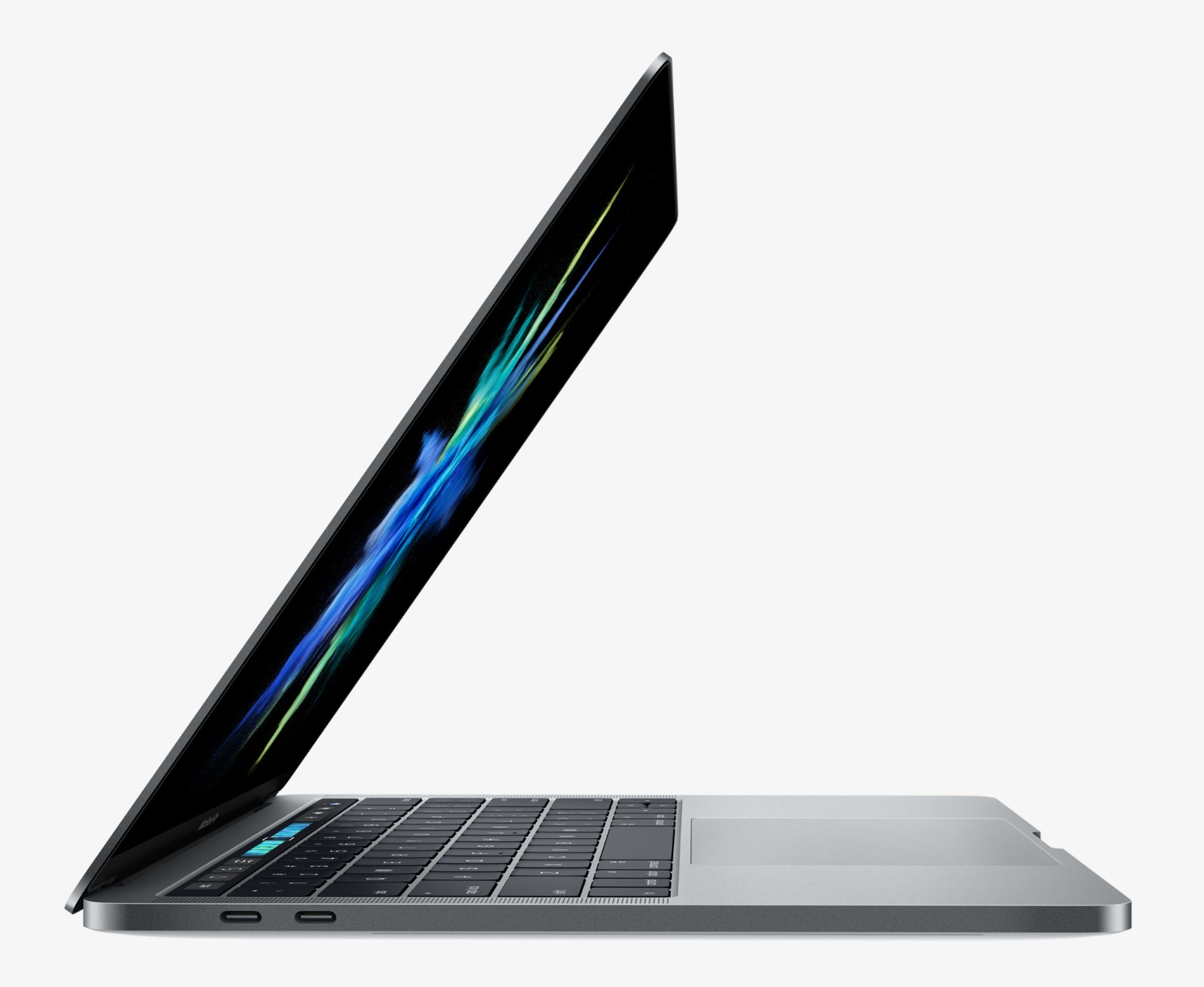Rejected: all the features that could have made it into the new Apple MacBook Pro, and didn’t.

According to Tim Cook’s internal address to employees, great desktops are on the horizon, whether it may happen next year or further on. The reassuring note comes amidst concerns that Apple may be holding out on new Mac desktops, while devoting resources to iOS devices.
These concerns have deserved a proper answer from Apple, considering that many of the features in the latest Mac laptops, seem to be derivative from iOS devices. To think of it, the very Retina Display, a signature feature across the entire MacBook and iMac line-up, was first introduced with the iPhone 4, which subsequently propagated throughout all iOS devices, and eventually MacBooks and iMac desktops.
Another example is the 2015 MacBook Retina, which featured a Force Touch trackpad, which was originally a technology derivative from the iPhone’s haptic feedback mechanism, which simulates the feeling of pressing a physical button on a flat touchscreen.
With the latest MacBook Pro line-up, the number of features inherited from the iPhone and iPad are even more “on the nose”, with the addition of the Touch Bar, which integrates Touch-ID, not to mention a trackpad big enough to fit an iPod Touch, which some are already speculating, could someday get Apple Pencil support.
There is however, a little-known list of features that never made it into the latest MacBook Pro, some justifiably scrapped, and other merely pushed aside in favor of more marketable features and design choices.
Prior to the MacBook Pro’s unveiling, several sources had indicated that the new lineup would be modeled after the 12 inch MacBook. In fact, the terraced battery designed specifically for the 12 inch MacBook was to set the foundation for all future MacBook batteries, allowing for greater battery life, fitting the ever-shrinking thinness of newer models.
Unfortunately, while Apple had a prototype ready, it failed a key test, and was ultimately scrapped for a more conventional battery pack.
A Gold color option for the MacBook Pro was also considered as an option, yet ultimately it was deemed a little too flashy for a Pro laptop, leading Apple to stick to the tried-and-true monochromatic Silver and Space Gray.
For those who are still processing why Apple decided to replace every single port on the new MacBook Pro with USB Type-C ports, the tech giant did consider other options, such as a Lightning connector. With that said, the decision of going for a more standard USB Type-C connector came amidst concerns that consumers would not like to be restricted to a proprietary connector, like the Lightning port.
What’s next for the Apple Mac
If past and current trends are of any indication in regard to the future of the Mac, the features we might expect in future MacBooks, as well as iMac (and perhaps Mac Pro??)models, should be fairly easy to predict.
Touch Bar enabled concepts for the Apple Magic Keyboard and Magic Trackpad have begun circulating, largely as wishful thinking exercise, yet founded on expectations that according to what we are seeing in Apple’s latest unveilings, might just be more realistic than one would think.
Touch-ID might as well be an easy guess, as it is, by comparison, the most logical feature to pass on, after the Retina Display and the Force Touch trackpad.
Ready to shop?
If you are looking for the perfect MacBook, PortableOne has you covered with a great selection of Apple MacBooks, as well as the newly unveiled 13 inch and 15 inch MacBook Pro with TouchBar.